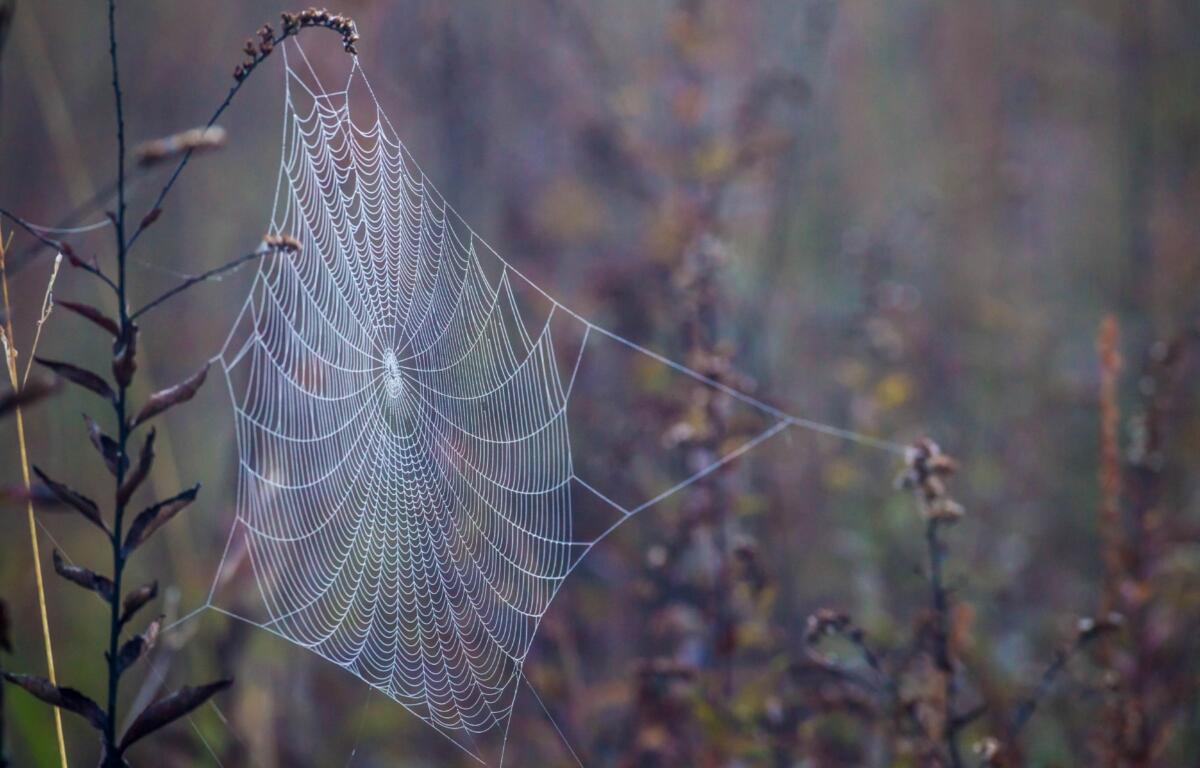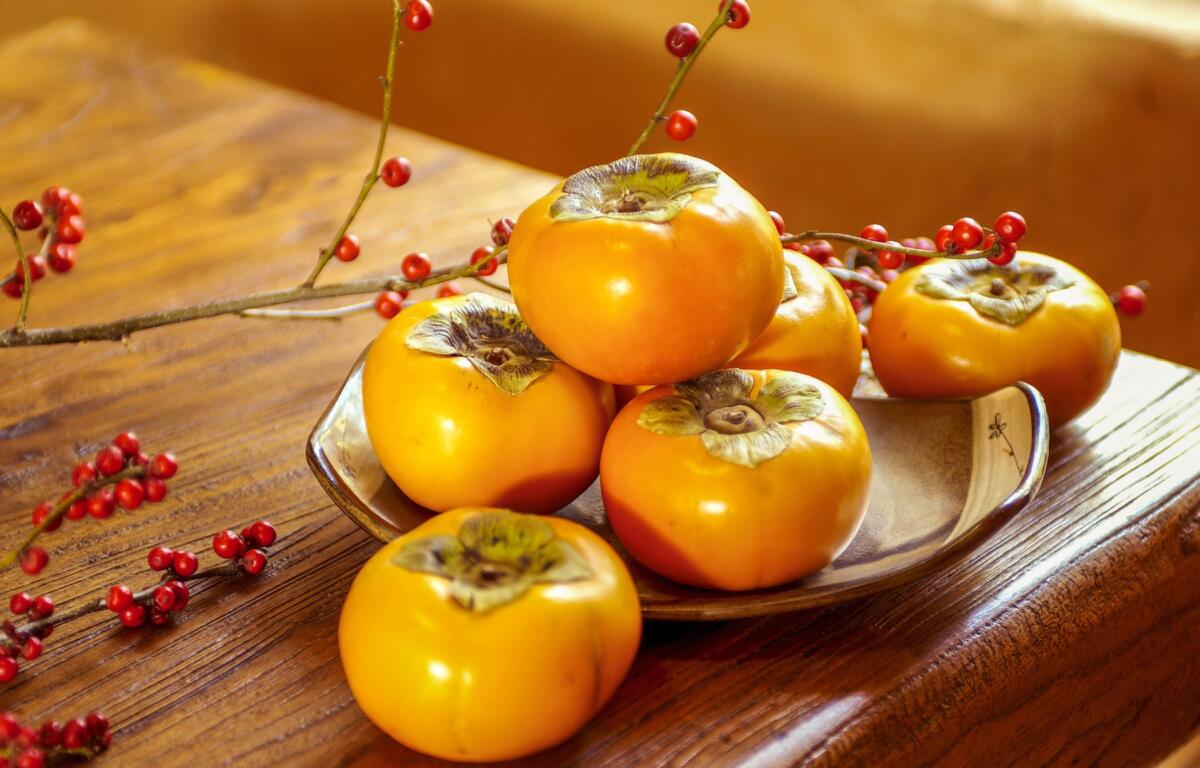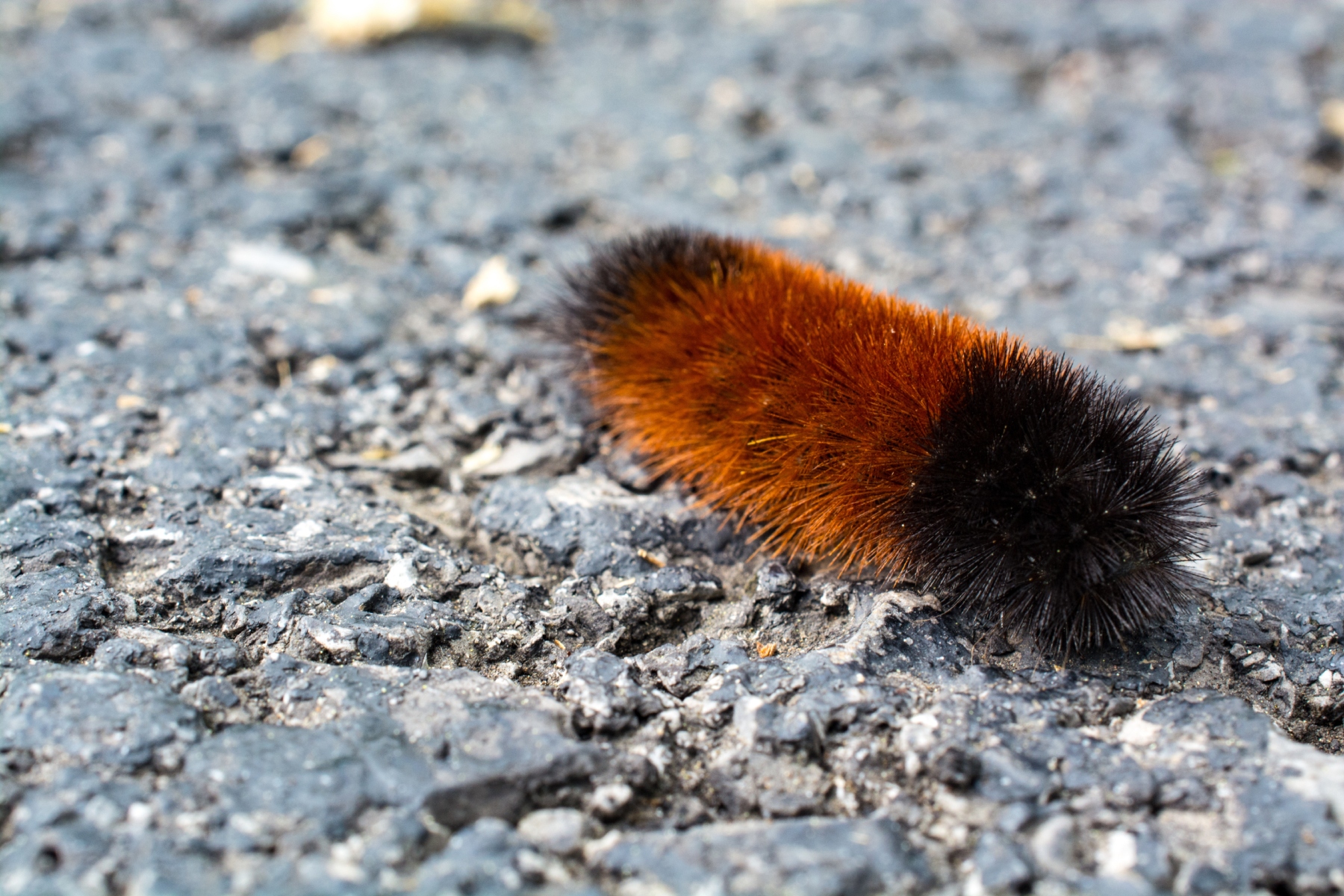ASHEVILLE, N.C. (828newsNOW) — Long before satellites tracked storms and meteorologists modeled jet streams, people turned to nature for weather forecasts. From the way squirrels gathered nuts to the thickness of onion skins, folklore has long promised clues to the severity of the coming winter.
Some of these traditions sound whimsical, even strange — forecasting snow with pig spleens or reading walnut shells like crystal balls. Others are rooted in close observation of animals, plants and the changing seasons.
The question remains: Can nature really predict what’s ahead? According to the Old Farmer’s Almanac and agriculture.com, there may be something to them.

Insects, spiders and creepy-crawlies
Watch the bugs, farmers say, and you’ll know what’s coming. If hornets, wasps and bees build their nests high in trees, snow may pile just as high. If ant hills rise tall in midsummer, brace for a long, hard winter.
Other insect lore paints vivid pictures:
- Cicadas singing? Expect frost in six weeks.
- Flies swarming indoors? Rain is on the way.
- Crickets chirping early or faster than usual? Winter is coming quickly.
Even spiders get credit as amateur forecasters. Large webs signal a bitter cold ahead, while floating strands at sunset hint at an overnight frost.
The famous woolly worm
Perhaps the most beloved Appalachian weather prophet is the woolly bear caterpillar, often called the “woolly worm.” According to tradition, the color bands on its fuzzy body predict the winter: more black than brown signals a snowy, cold season; more brown suggests a mild one.
Each fall, towns like Banner Elk even host woolly worm festivals where the fuzzy creatures “race” to determine the official winter forecast.
Frogs, snakes, squirrels and pigs
It’s not just bugs that foretell the forecast. Frogs croaking loudly are said to call in rain. A snakeskin hung on a wall was once thought to invite showers.
But it’s the squirrels that many mountain folks swear by. If they’re busy collecting nuts in a frenzy or building nests high in the trees, winter could be severe. A bushy squirrel tail is another red flag for snow.
In one of the more quirky or odd methods, some farmers and folklore enthusiasts still turn to pig spleens for long-range forecasts. The spleen is divided into six sections, each representing a month. Variations in fat deposits or texture are thought to signal shifts in weather — with thickening linked to cold spells and bulges interpreted as signs of heavy snow or rain. There’s even a Facebook page dedicated to this one.
Reading the skies and the fields
Nature’s signals aren’t limited to wildlife.

Farmers have long relied on crops and trees to whisper warnings:
- Thick onion skins and tough apple peels mean a rough winter ahead.
- Corn husks growing heavy suggest snow and cold.
- Flowers blooming late in autumn? Expect a miserable season.
Even the humble persimmon seed gets a starring role. Slice one open, and the shape inside is said to reveal winter’s mood: a fork means mild weather, a knife means biting cold and a spoon forecasts heavy snow.
A mix of art and science
Of course, modern meteorologists rely on El Niño and La Niña patterns — shifts in Pacific Ocean temperatures that shape rainfall and winter cold across the U.S. But many of the old signs echo what climate science observes.
A La Niña year, for example, often means dry summers and snowy winters — the same conditions predicted by falling leaves, early bird migrations or thick apple skins.
And while folklore won’t replace the National Weather Service anytime soon, the old wisdom endures, passed down in poems, rhymes and the watchful eyes of those who live close to the land.
After all, when the squirrels are restless and the crickets sing, it doesn’t hurt to grab an extra blanket — just in case.






